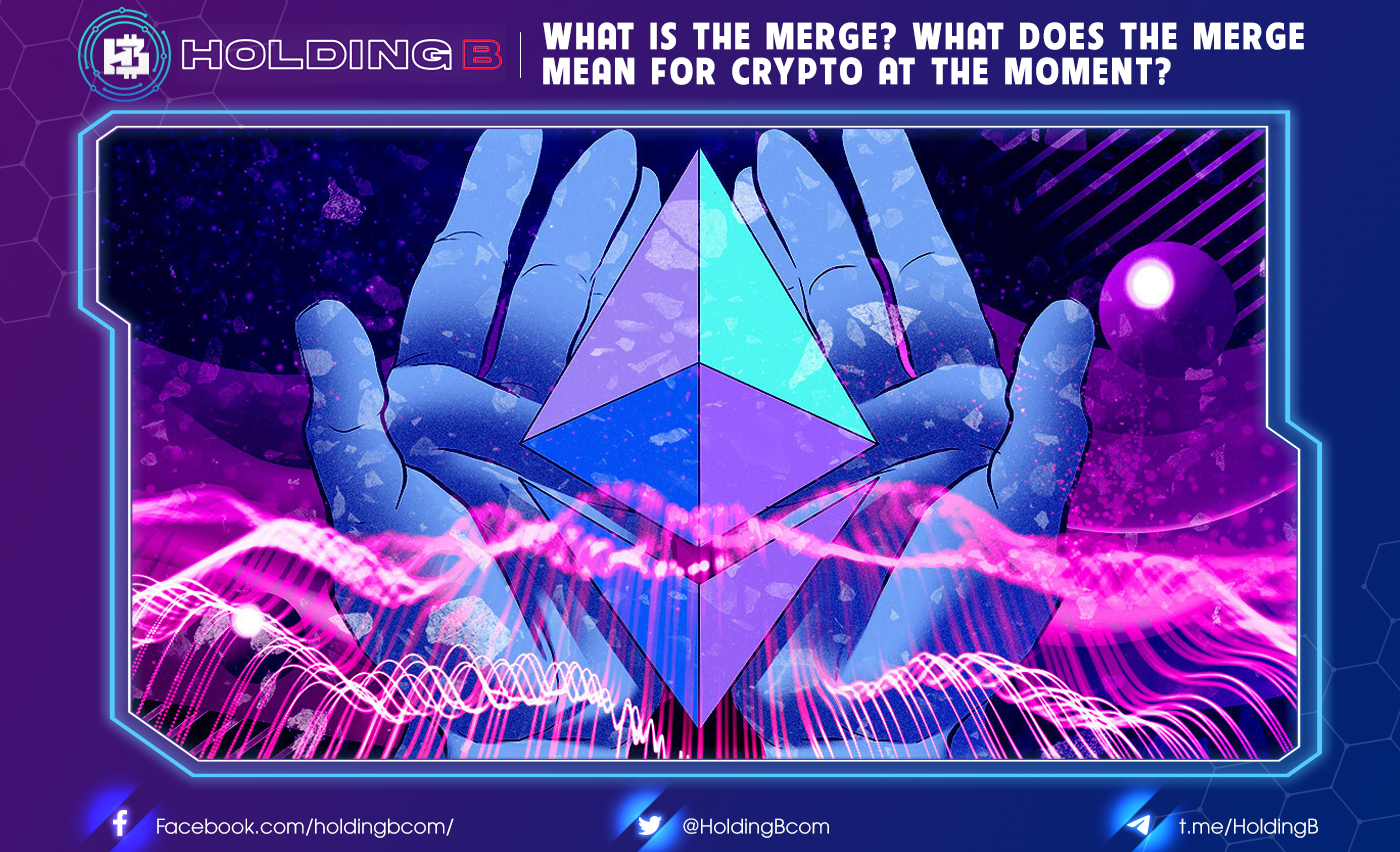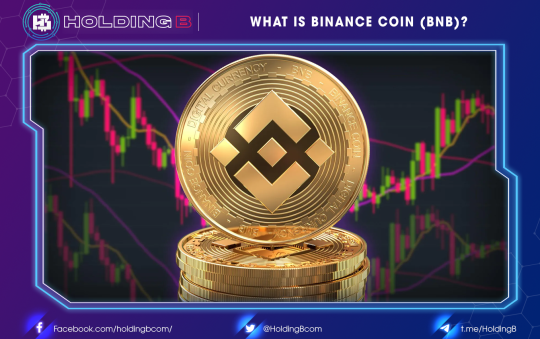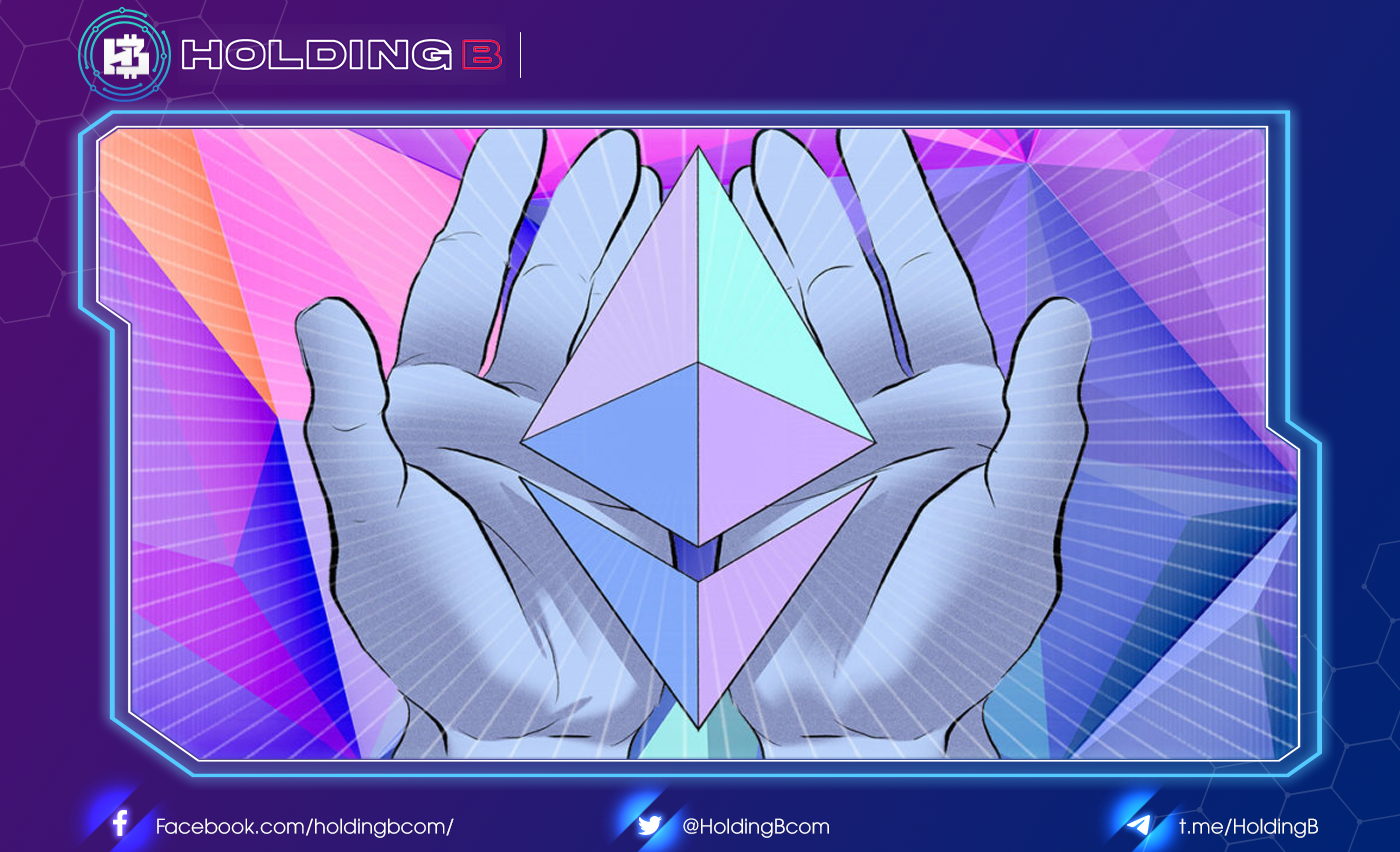
After three delays and seven delays, both veteran Ethereum developer Preston Van Loon and Vitalik Buterin have now confirmed that The Merge will take place in August this year if “everything goes as planned.”
This is not only the most important innovation in the crypto world, but also the only ray of hope that the entire cryptocurrency market is looking forward to at the moment.
Summary of PoW and PoS
Let’s take a look at the two main consensus mechanisms currently existing in the blockchain space.
Proof-of-Work (PoW) was the first consensus mechanism ever created, consisting of a collection of miners competing to solve algorithms to confirm transactions and get them on-chain.
However, the above mechanism is said to waste a lot of machine energy and electricity just to ensure high security.
On the other hand, proof-of-stake (proof of stake – PoS) was created as a mechanism that does not rely too much on computing power. Mineers only need to deposit (stake) a certain amount of assets to become validators for on-chain transactions.
Therefore, we completely solve the problem of energy consumption while ensuring the high security of the blockchain.
A Brief History of The Merge
Roadmap to Ethereum 2.0
Before digging into The Merge event, you must have heard a lot about the name Ethereum 2.0. This has been a common scaling roadmap for Ethereum since Ether’s development teams recognized scalability issues with the Proof-of-Work (PoW) consensus mechanism in 2018.
According to the Ethereum 2.0 roadmap, “The Merge” takes place, which means that Ethereum will officially switch from a PoW to a PoS consensus mechanism. At the same time, stop the ETH mining of miners to switch to staking ETH as a validator of the Ethereum network.
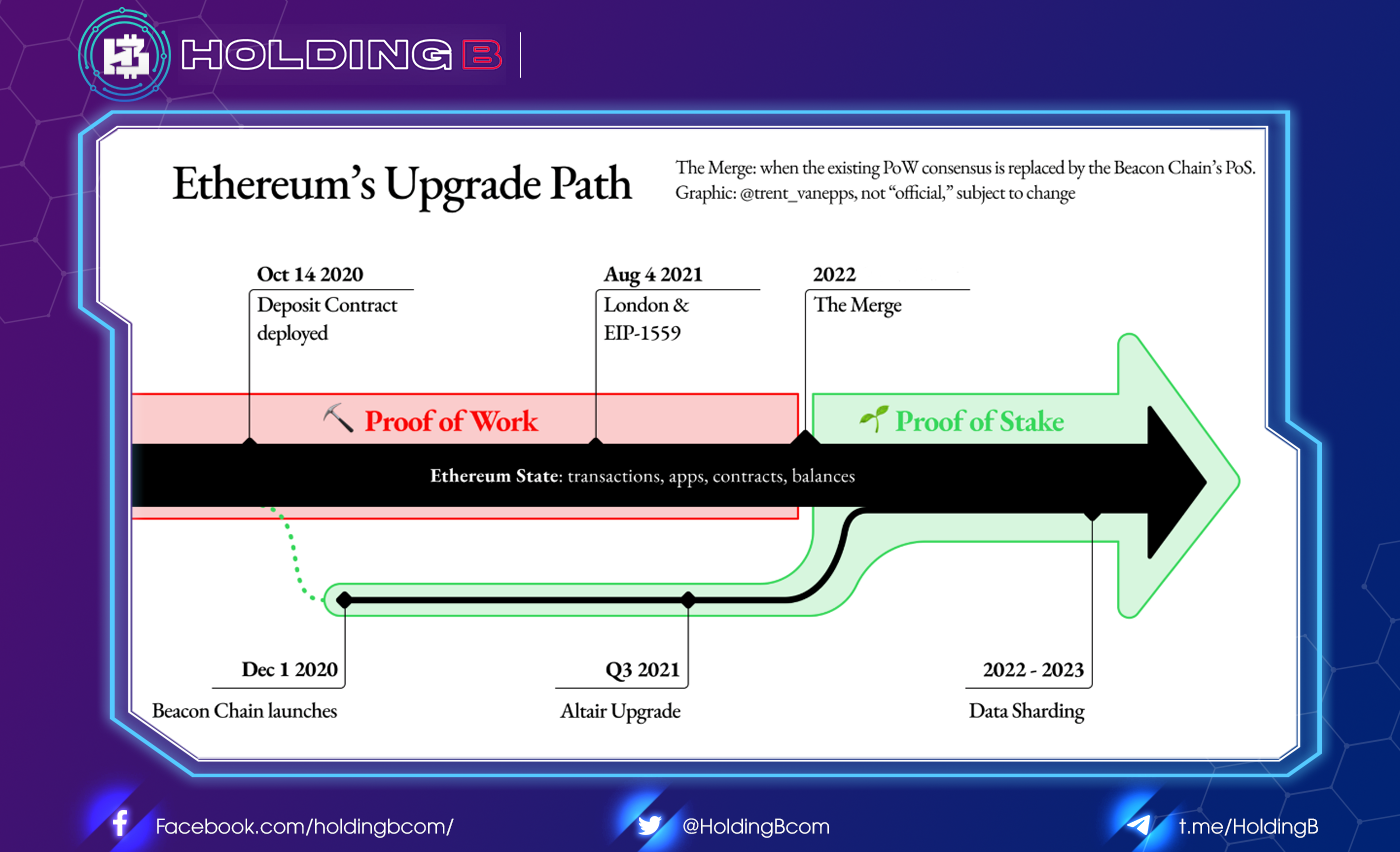
The new consensus mechanism will have the backing of data sharding to ensure the network remains highly secure and decentralized while increasing blockchain scalability with the ability to process over 100,000 TPS.
Vitalik Buterin, co-founder of Ethereum, also said that PoS is predicted to reduce the energy consumption of the network, conserving at least 99.95% of energy compared to a PoW governance system.
In addition, PoS will also pave the way for shard chains by 2023, which is expected to solve data congestion, high gas fees, and support the next generation of Layer 2 scaling systems.
Eliminate misunderstandings in terminology
As you all know, within the last 2 years, Ethereum has gone through many major changes at the protocol level. For that reason, the team of Ethereum developers decided to remove the terms Ethereum 1.0 and Ethereum 2.0, aiming to limit misunderstandings from the community.
The term “Ethereum 1.0” refers to Ethereum’s main transaction processing network layer (Execution Layer), while Ethereum 2.0 refers to the network layer on which the PoS consensus mechanism is currently being developed (Consensus Layer).
However, for most users, especially new users, the above-mentioned brand name is somewhat confusing and misleading. The most common misunderstandings about Ethereum 1.0 will disappear after Ethereum 2.0 goes live.
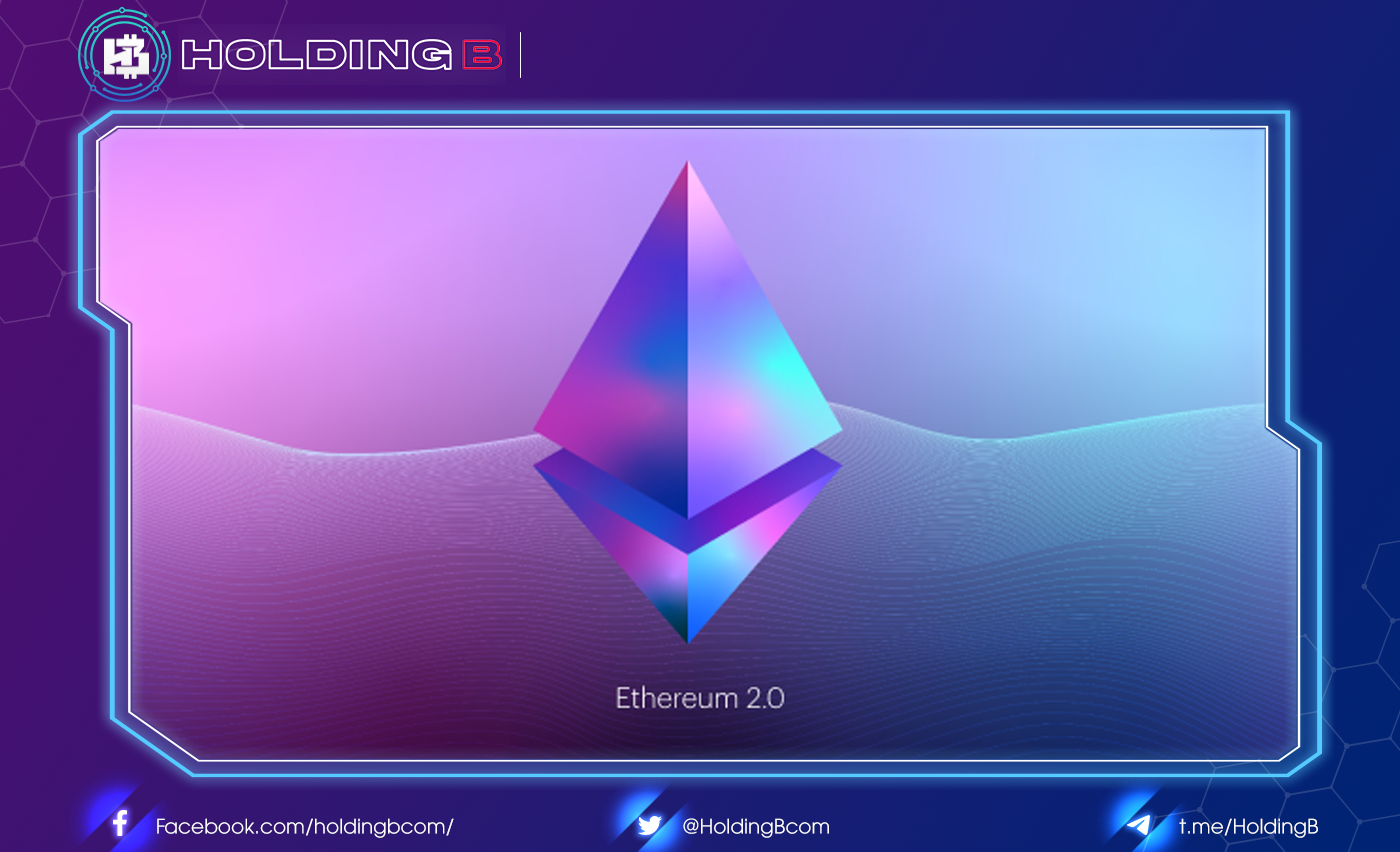
As a result, in order to prevent the formation of false ideas about Ethereum in the community and to ensure complete transparency for the development roadmap, starting from the end of 2021, Ethereum developers have agreed on the above terms as follows:
- Eth1 —> Execution Layer
- Eth2 —> Consensus Layer
- Execution Layer + Consensus Layer = Ethereum
How will The Merge play out?
In order to increase the number of validators and process transactions using PoS, the Ethereum mainnet (still using PoW) needs to merge with the Beacon Chain (aka Consensus Layer).
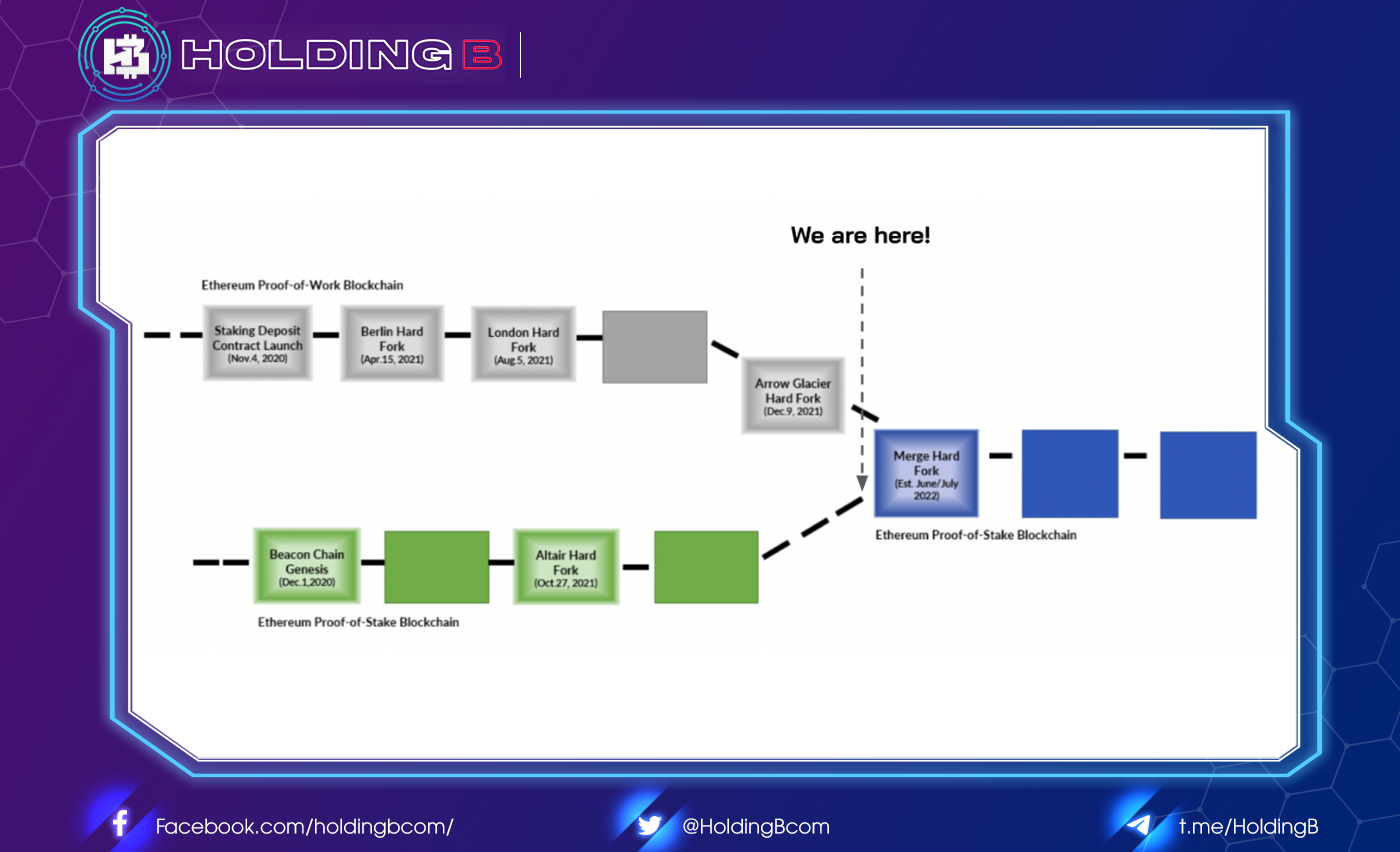
Ethereum Mainnet (Proof-of-Work Blockchain)
This is the Execution Layer mentioned above, and also the main Ethereum network that the whole Defi world still knows and uses.
The majority of transactions, as well as famous Defi and NFT projects, are still being processed on this blockchain network under the PoW consensus mechanism.
Ethereum Beacon Blockchain (PoS Blockchain)
In fact, Ethereum developers have been implementing the Ethereum Beacon Chain subnet using the Proof-of-Stake (PoS) consensus mechanism since December 2020.
The Beacon Chain was built by the Ethereum team and is a separate chain of operations that acts as a consensus layer, running in parallel to the Ethereum mainnet chain.
Up to now, the Beacon Chain network has also reaped relatively impressive numbers, such as:
- 333,359 validators are running.
- Beacon Chain has 10,638,197 ETH stashed.
- Stake rewards of up to 4.61%
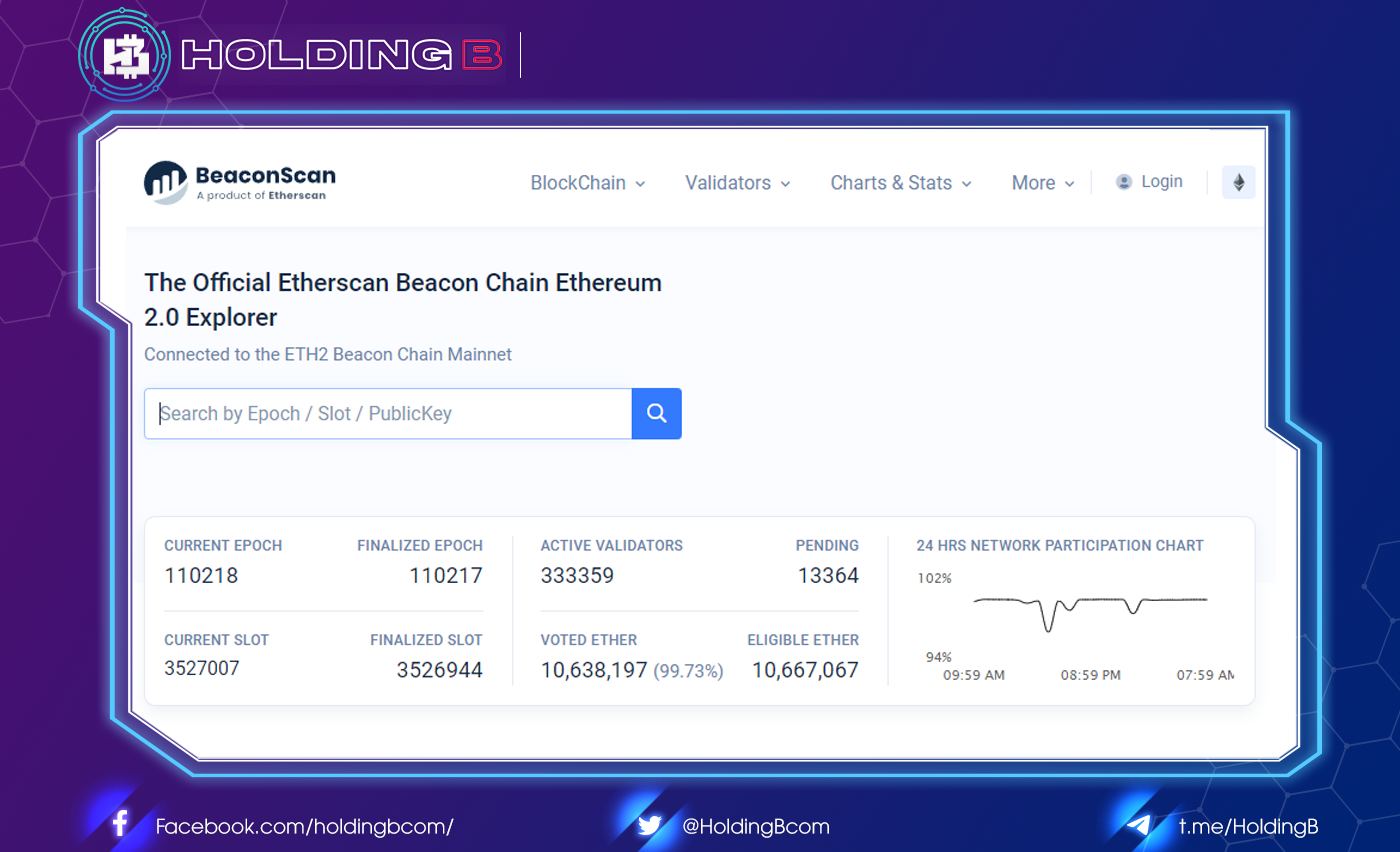
While the role of the Beacon Chain is expected to change over time, the primary role will still be to navigate the network of shards and control the staking process.
Since Beacon Chain cannot run smart contracts or handle accounts, merging with the Ethereum Mainnet will help bring this capability into Beacon Chain’s Proof-of-Stake ecosystem.
In a nutshell, the Merge event marks the union of the Ethereum Mainnet (Execution Layer) and the Ethereum Beacon Chain (Consensus Layer) to form a single Ethereum blockchain where all operations and transaction translations can be performed using PoS consensus.
Specifically, after The Merge, the operational structure of the Ethereum blockchain will have a combination of the two layers analyzed above, as shown below:
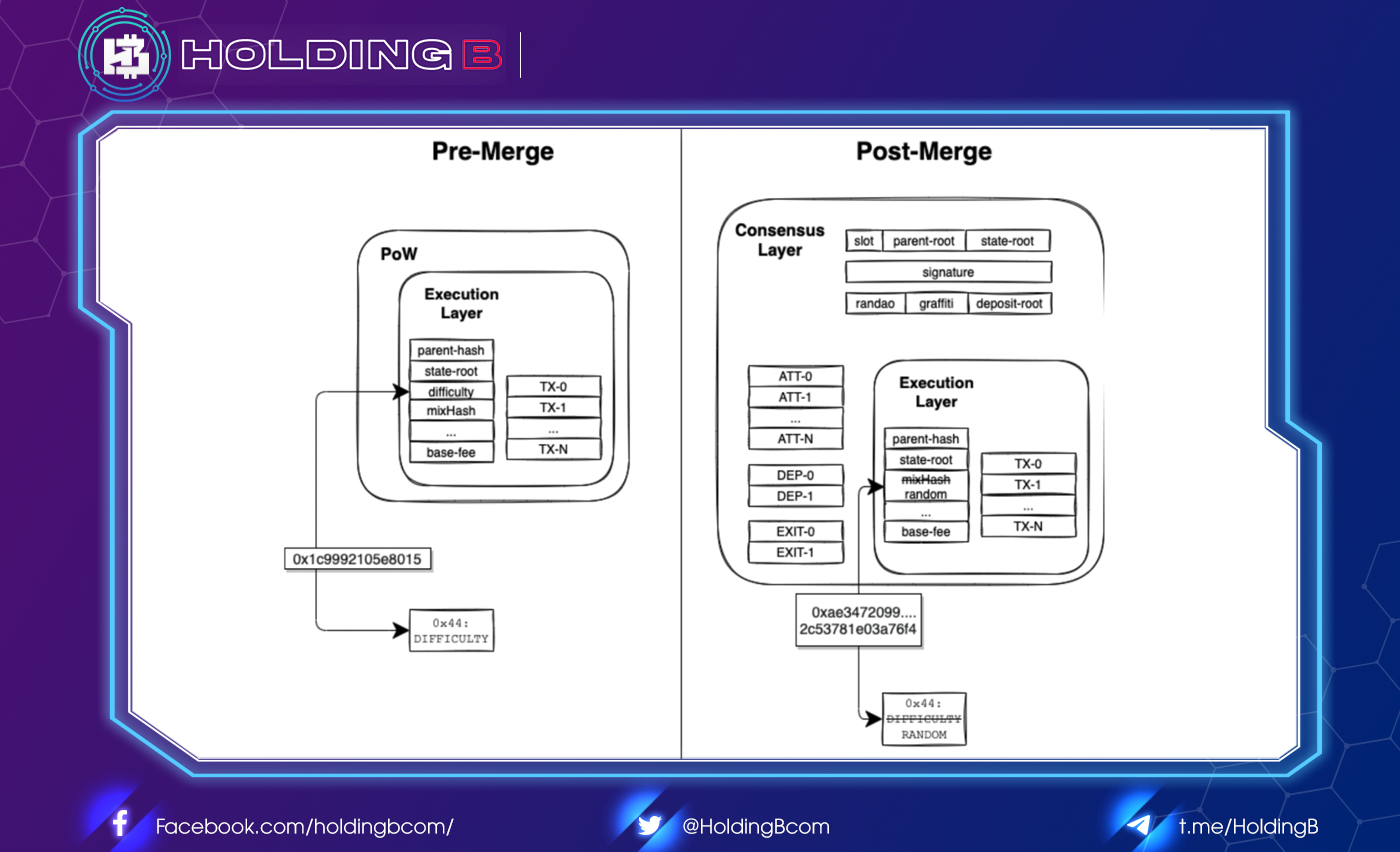
Influence of the Merge
The ETH supply continues to deflate
To begin, it is important to note that the two main sources of ETH at the moment are:
- Over 90% of Ethereum Mainnet Block Reward (2ETH/block) (13,000–13,500 ETH/day)
- About 10% comes from staking rewards on Beacon Chain (about 1,600 ETH/day).
In parallel with the issuance of new ETH via block reward, the EIP-1559 approved on the Ethereum Mainnet also implements the base fee burning mechanism (the minimum fee to put a transaction in the block on the Ethereum network) at a rate of up to 80–85% of the total gas fee of each transaction made.
The aforementioned base fee burning mechanism has contributed to making ETH a deflationary asset with more than 2.3 million ETH burned as of today.
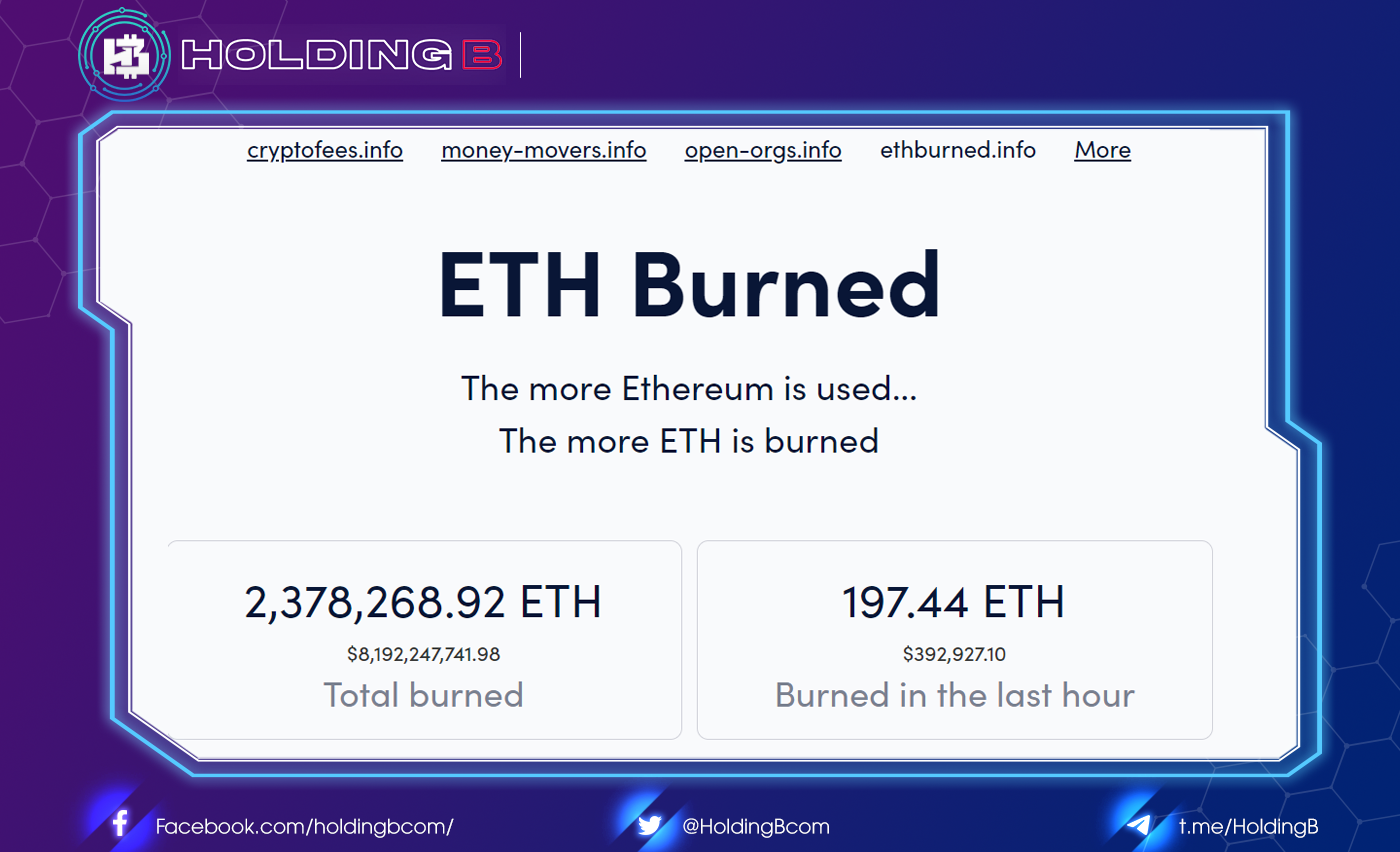
Accordingly, every day on average, there will be more than 14,000 to 15,000 new ETH born from both layers above, with the formula for calculating the total supply of ETH calculated as follows:
ETH issued on the Execution Layer (Ethereum mainnet) + ETH issued on the Consensus Layer (Beacon chain) = total ETH base fee burned.
When the merge is complete, there will be no more block rewards on the execution layer and only ETH will be released to pay for the staking process on the consensus layer.
This means that the total issuance of ETH in a day will drop to only about 1,500–1,600 ETH a day, almost 90% of the amount of ETH released daily.
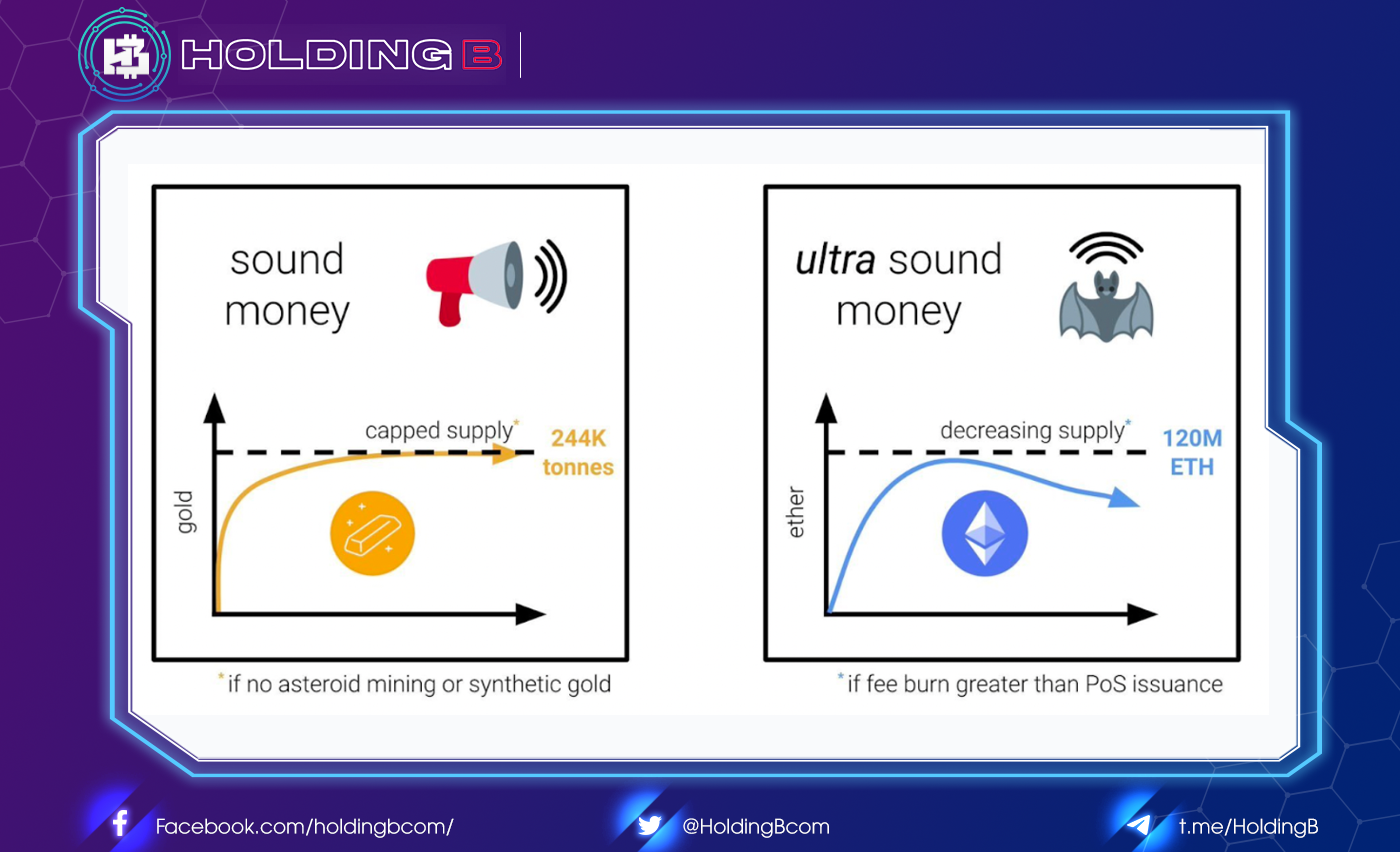
The new total supply of ETH will now be calculated by the following formula:
ETH burned on the PoS chain – total ETH base fee
Staking potential APR increases sharply
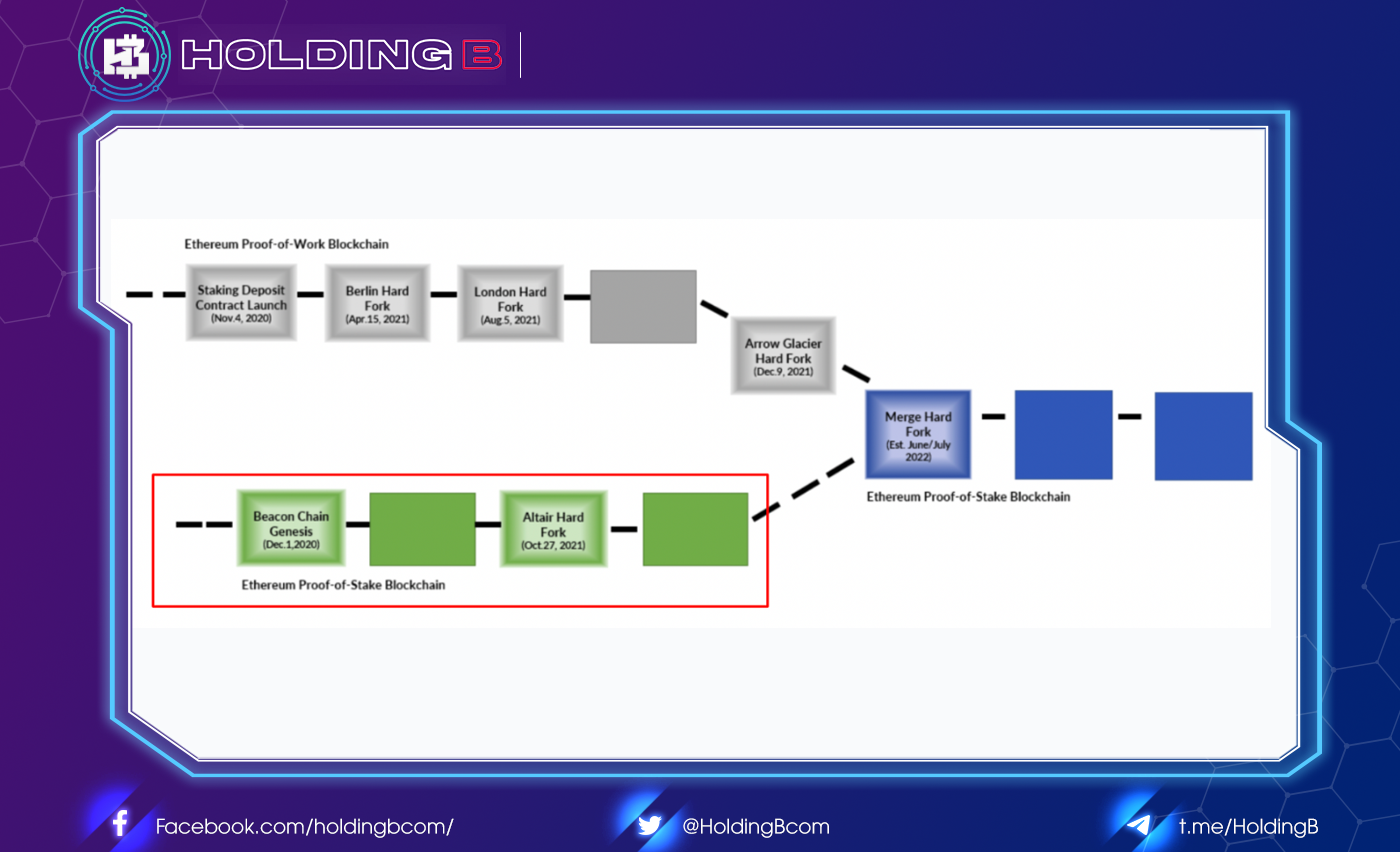
At the moment, before the Merge event, ETH Staker’s income comes mainly from the block reward on the Consensus Layer, with the APR rate depending on the amount of ETH being staked.
The larger the amount of ETH staked, the deeper the base APR will drop. Currently, with about 12 million ETH staked, the APR of ETH stakers is around 4.5%.

After the Merge is completed, the earnings of ETH stakers will include:
- The basic APR from the block reward
- Tip fee (Priority fee) – transaction priority fee APR
If tip fees increase sharply, the overall APR of ETH Stakers will also increase sharply. This number again depends on three main factors:
- The amount of ETH stashed
- Gas fees on the Ethereum network
- Base burn/total fee ratio
If the market on the Ethereum Network receives another wave of bustling trading activity like the recent NFT Other than sales hunts, it must be common for the APR of ETH Stakers to increase to double digits love.
Ethereum’s Operational Energy Drops 99.95%
According to research from the Ethereum Foundation, after The Merge, the power consumption of running the Ethereum network will decrease by 99.95%, equivalent to a cut of 2000 times compared to when operating the PoW consensus.

With Ethereum’s entire network gradually becoming more eco-friendly by almost completely eliminating energy consumption, the paper also offers an interesting comparison of ETH’s power consumption. PoS and ETH PoW.
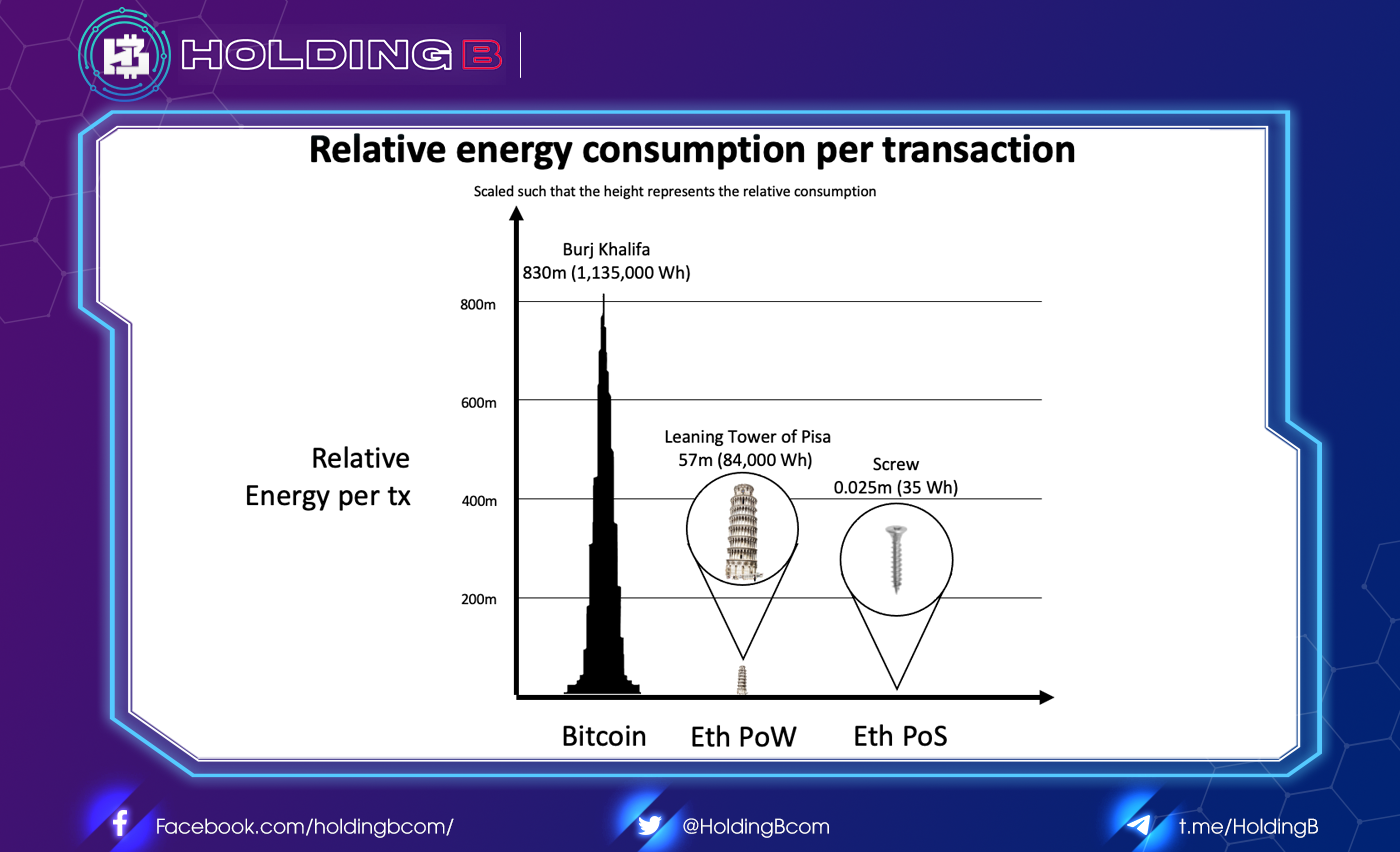
Another notable bright spot that comes from the fact that Ethereum can completely eliminate the possibility of energy consumption after the merge is that the market is no longer subject to selling pressure from miners.
Compared to the past, when mining ETH was extremely expensive because it had to pay a lot for both hardware and electricity, the core factor that created a selling pressure from miners to the market to pay for the payments. costs mentioned above.
Now, with Ethereum using the PoS consensus, they are only required to stake ETH without having to pay any additional costs, completely removing the selling pressure pedal on the market.
After the events of The Merge
If successfully implemented this August, the last milestone Ethereum needs to reach is Eth2, which is also a shard chain upgrade that is expected to go live in early 2023.
While the Merge won’t immediately solve the scalability challenges, it will prepare the shard chain based on the mature PoS network to work.
By spreading the network’s data load across 64 blockchains, the shard chain provides additional layers at a lower cost for data storage applications. They also allow Layer 2 systems to offer low transaction fees while still benefiting from the security of the Ethereum mainnet.
However, until then, the network will continue to use layer 2 blockchains like Polygon and Optimism to handle scalability and transaction volume.

As of the time of posting, veteran Ethereum developer Tim Beiko has spoken out on his personal Twitter, saying The Merge has been taking place on Ethereum’s oldest PoW testnet, the Ropsten Test Network.
Specifically, this Ropsten Merge event will take place on June 8, and is referred to by Tim Beiko as the “First Rehearsal” for Ethereum miners to familiarize themselves with the upcoming The Merge event in August.
Epilogue
To summarize a few key points from the article:
- The Merge is an important upgrade that brings the PoS consensus mechanism to the Ethereum Mainnet.
- This event is an important stepping stone for Ethereum PoS and the shard chain (Network of shards).
- The supply of ETH continues to become scarce and deflationary.
- APR profit potential for ETH investors is skyrocketing.
- Ethereum’s energy consumption is reduced by 99.95%.
See ya in the next article !
Don’t forget to follow useful articles about Crypto Market from team Holding B !!!
- Telegram Channel: https://t.me/HoldingBcom
- Telegram Group: https://t.me/HoldingB
- Website: https://holdingb.com/
- Twitter: https://twitter.com/HoldingBcom
- Facebook: https://www.facebook.com/holdingbcom

